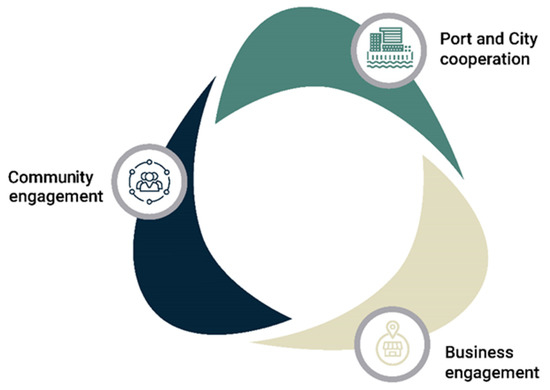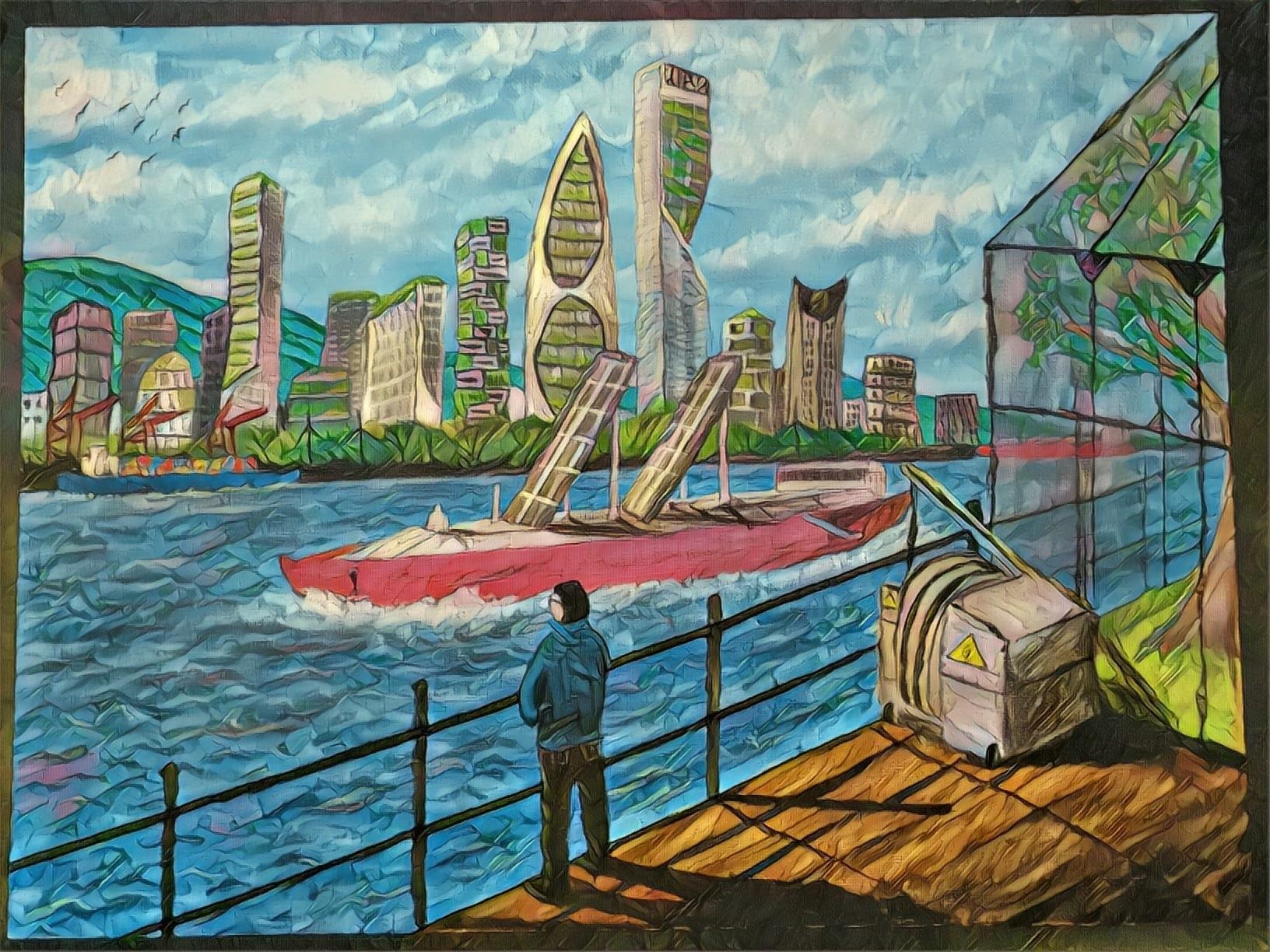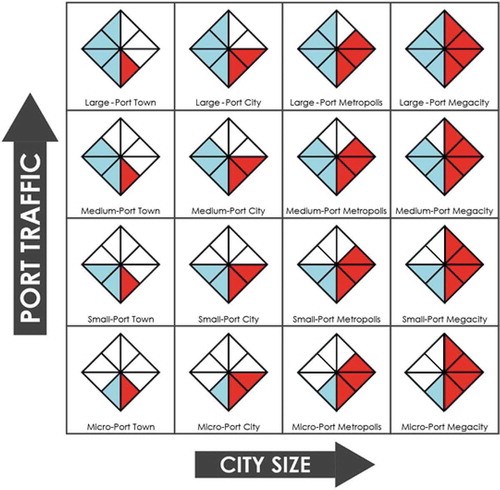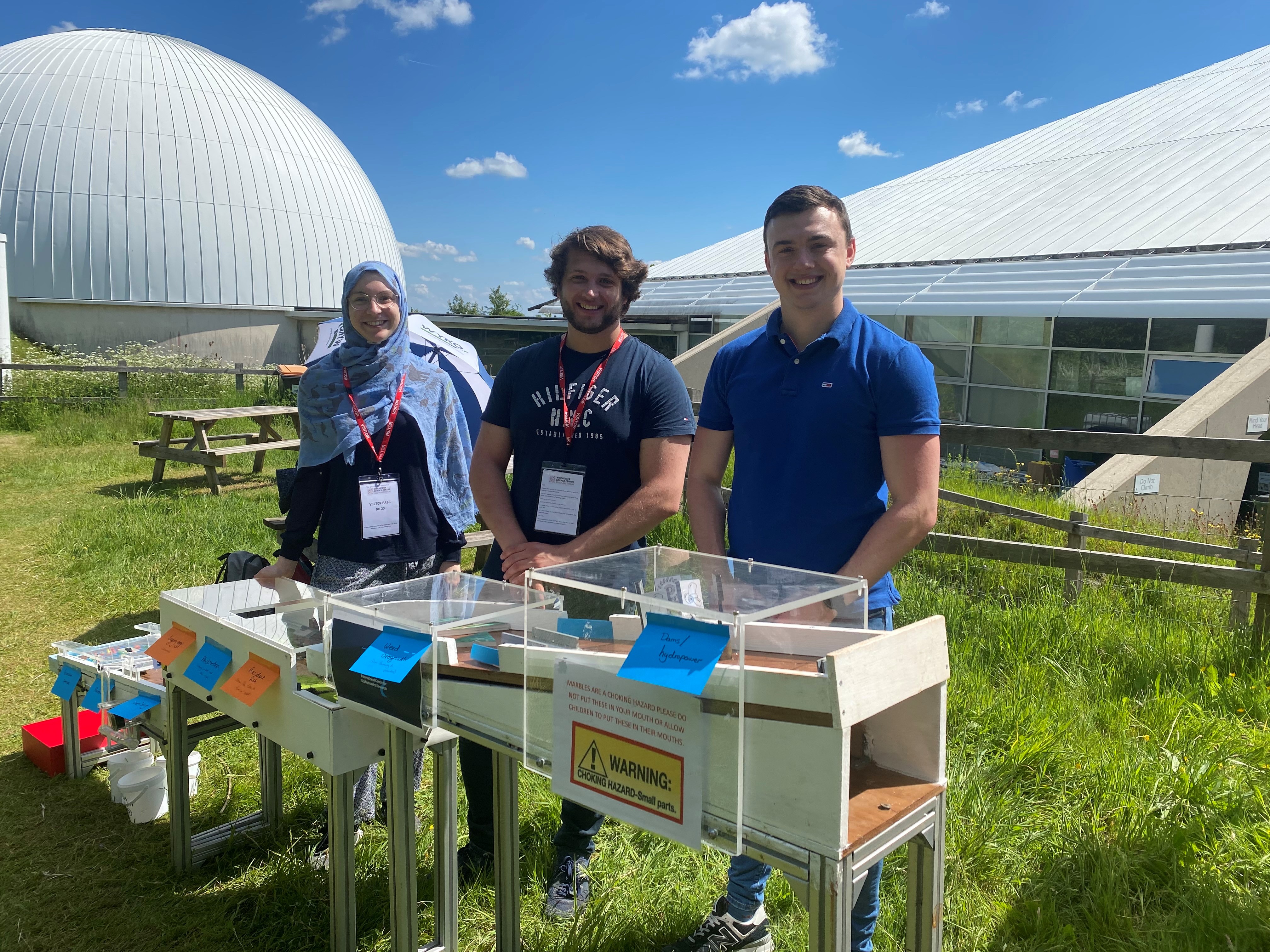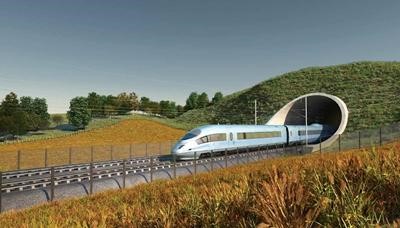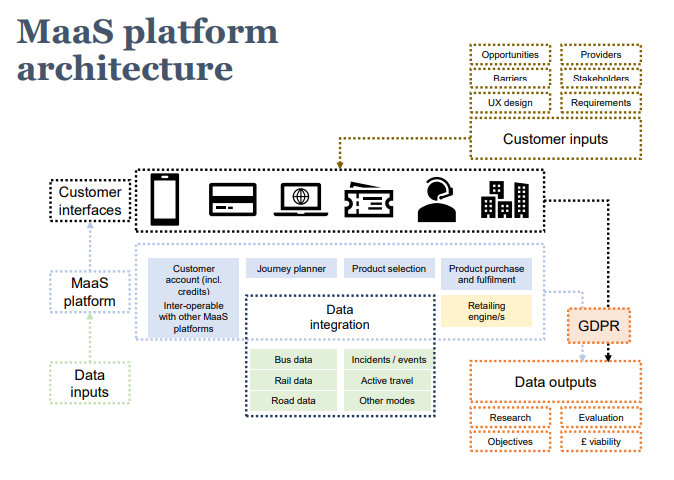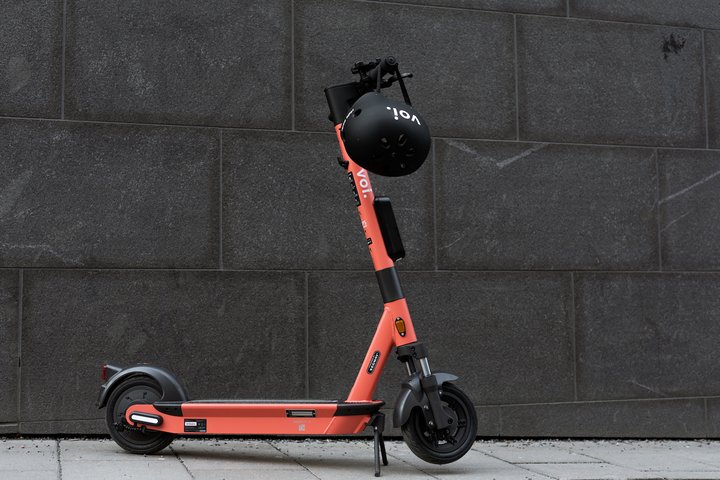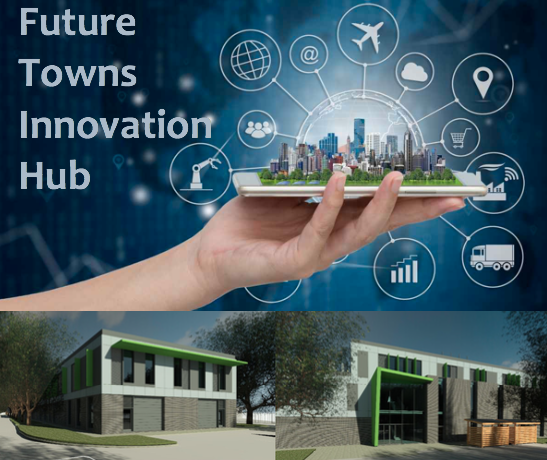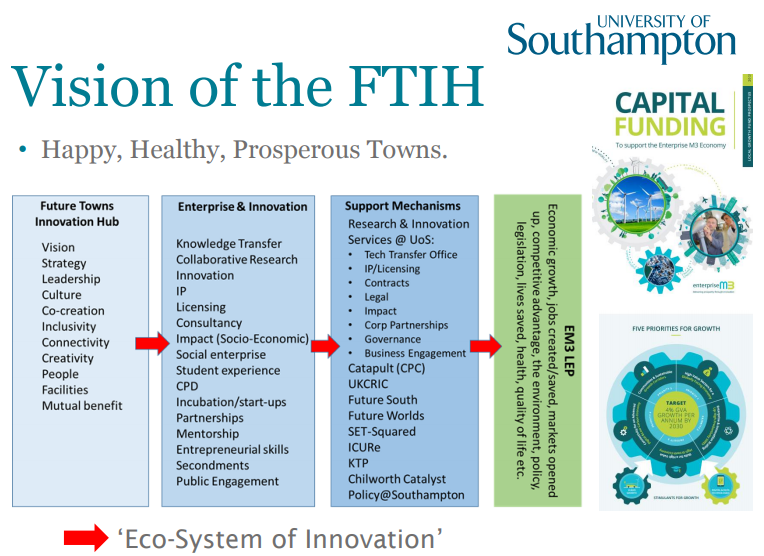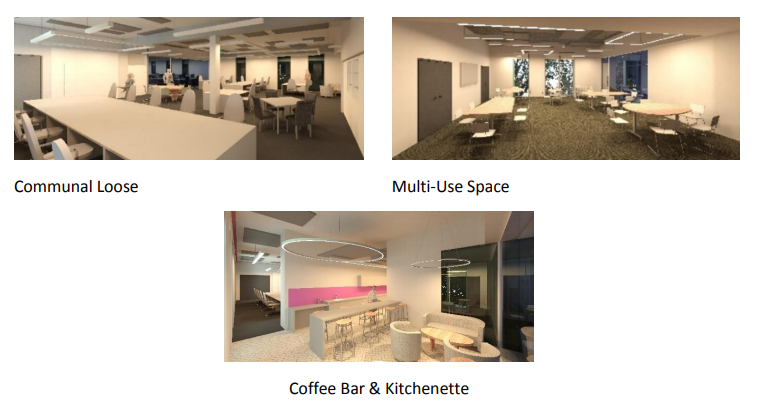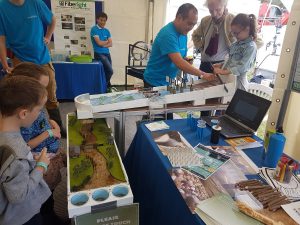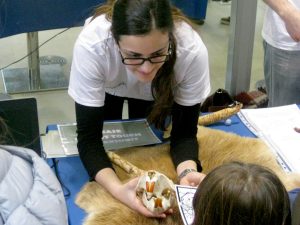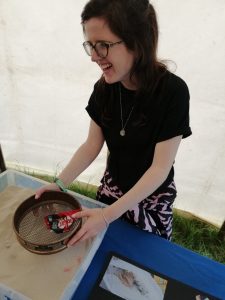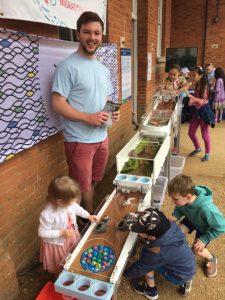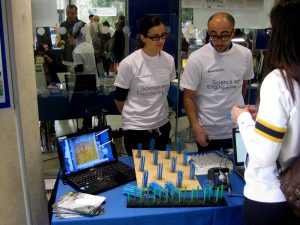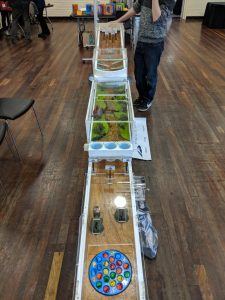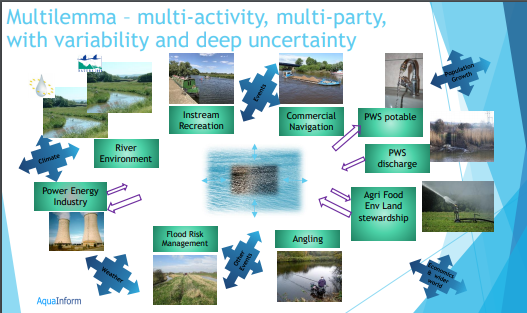The Festival of Doctoral Research went online this year. In the two-day conference-style event on the 9th and 10th June considering the unique challenges that have faced PGRs this year, celebrating PGRs’ achievements in the face of these, and reflecting upon what PGRs’ experiences during the pandemic mean for their future and that of doctoral research.
The Festival is the key point during the year in which we can come together as a community of PGRs, supervisors and other staff who support doctoral research to recognise the many and varied achievements of postgraduate researchers.

The Doctoral College Awards celebrate the contribution that PGRs make to their research area, school and to wider University community.
This year CDT SIS students found success in several categories:
Research Awards
Research Awards recognise the exceptional contribution of PGRs to a research group, school, faculty or University research strategy
Freya Radford – Awarded for her research into Microplastics – iPhD project title “Microplastics in agricultural soils: Methods, Sources and Fate” in collaboration with Southern Water. This project focuses on the fate and levels of Microplastics in these systems and develop methods to control and reduce the pollution.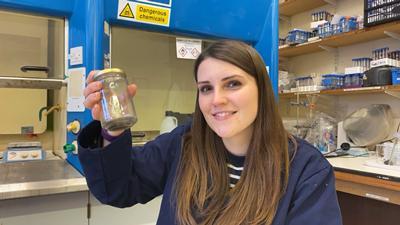
Co-author of Validation of a method to quantify microfibres present in aquatic surface microlayers
Joshua Birkenhead, Freya Radford, Jessica Stead, Prof Andy Cundy and Dr Malcom Hudson.
Director’s Awards
Director’s Special Commendation for exceptional contribution
Freya Radford for consistent contribution to public engagement, education & mentorship
Helen Currie for communicating the importance of equality, diversity & inclusion in research

Research Article
Collective behaviour of the European minnow (Phoxinus phoxinus) is influenced by signals of differing acoustic complexity
Doctoral Research posters
Lewis Dolman – runner up STEMM

Creative Representations of Research
People’s Choice winner: Toby Roberts, Faculty of Engineering and Physical Sciences ‘Port-cities of the future’

Research Article
The Southampton System: a new universal standard approach for port-city classification
Prof. Chris Howls brough the Festival of Doctoral Research to a close:
Thanks to everyone who took the time to enter the competitions and make nominations. This Festival has shown the immense amount of work & success happening at Southampton, it’s truly amazing!




